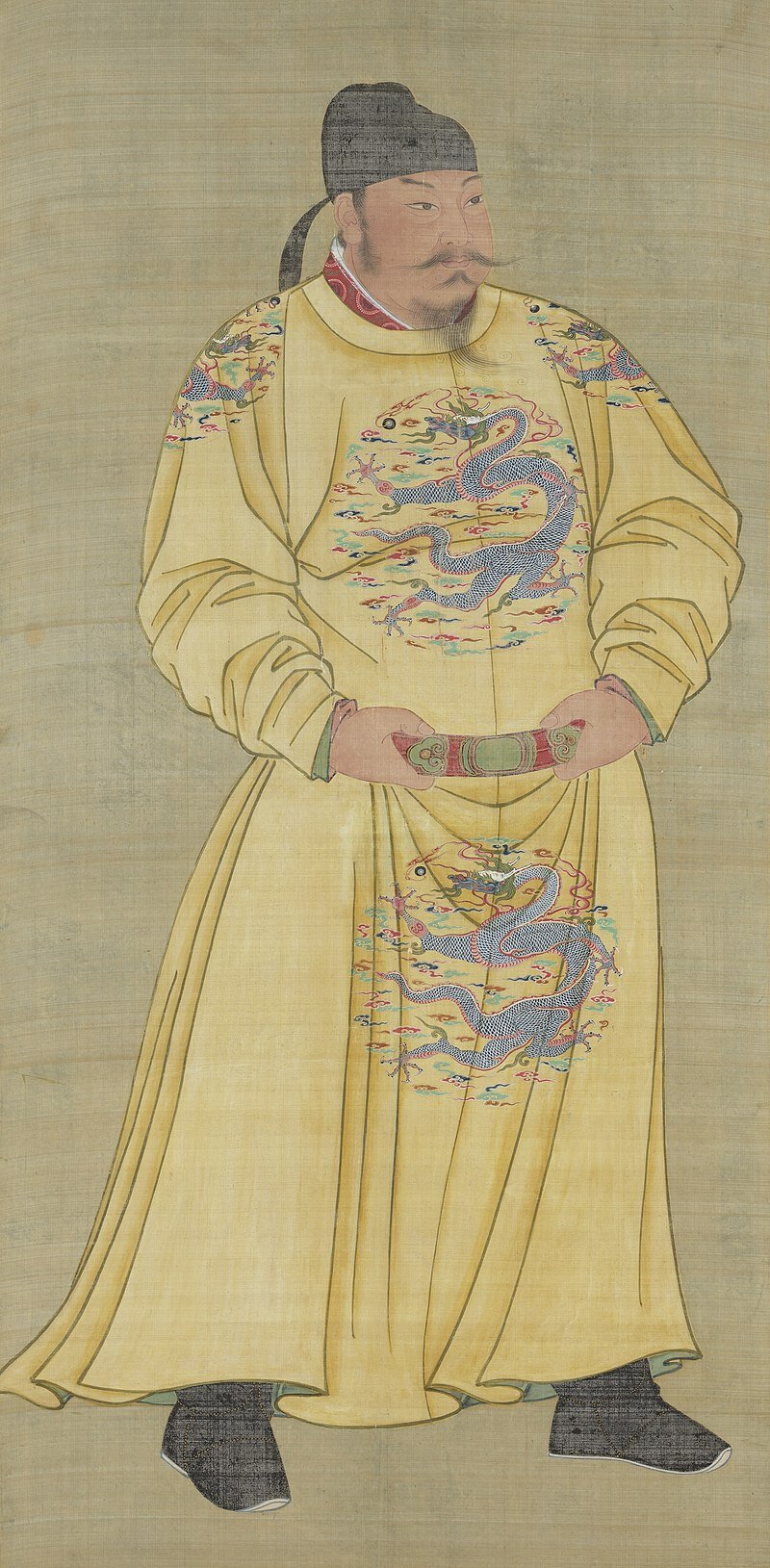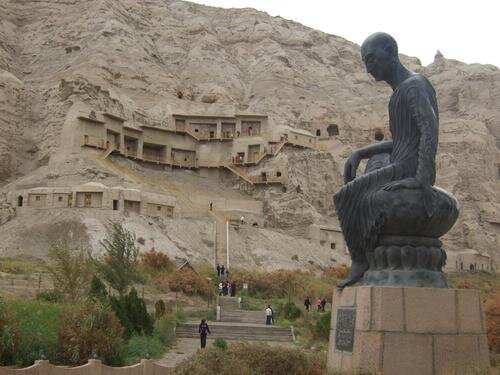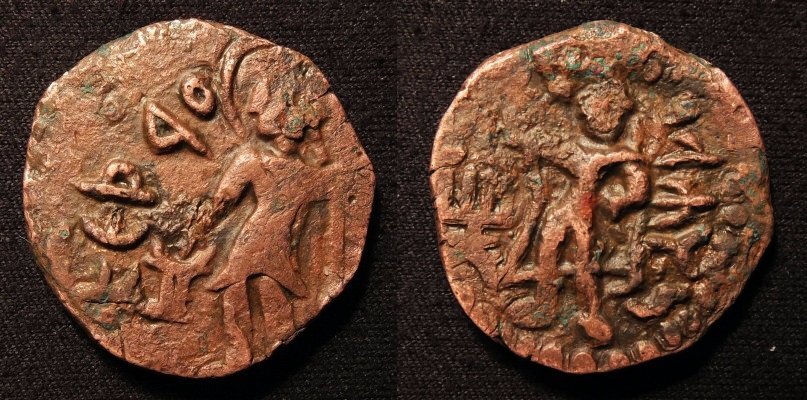Ep. 250 | The History of Xinjiang (Part 7)
In this arguable milestone episode, we finally get around to the Uyghurs. Their ancient history is discussed and how they rose from one of several tribes in a Turkic confederation to their own Khaganate. In addition, the Tang Dynasty is finished off and a new religion (not Manichaeism, Nestorian Church, Buddhism, or Zoroastrianism) will start knocking on China’s door.
Listen On Your Favorite Podcast Player
Terms in Episode
| Pinyin/Term | Chinese | English/Meaning |
|---|---|---|
| Ān Lùshān Rebellion | 安史之乱 | 755-763, a rebellion in China that lasted through three emperors before it was quelled. |
| Āshǐnà | 阿史那 | The leading and highest ranking tribe among the Göktürks |
| Āshǐnà Shè’ěr. | 阿史那社尔 | Lived 606 to 655. Eastern Turkic Khaganate royal who ruled out west and later signed up with Tang Taizong. Along with several other noted Turkic and non-Turkic Tang generals, he helped in the takeover of the Tarim Basin. |
| Basmil | 拔悉密 | A Turkic nomadic tribe. |
| Běitíng | 北庭 | Place north of Turpan in present day Jimsar County. Site of the Beiting Protectorate and lots of history during and after the Tang |
| Chámǎ gǔdào | 茶马古道 | The ancient Tea Horse Road |
| Cháng’ān | 长安 | Present day Xian, in Shaanxi province. Capital of the Western Han, the Tang and a few other dynasties |
| Chìlè | 敕勒 | An alternative Chinese name of the Tiele |
| Dà Táng Xīyòujì | 大唐西游记 | Xuanzang's "The Great Tang Records of the Western Regions" recounts his journeys between 626 and 645 |
| Dūnhuáng | 敦煌 | City in western Gansu famous for the Mogao Grottos and the treasures carted away by Air Aurel Stein and others |
| Fóguójì | 佛国记 | Faxian's “Record of Buddhist Kingdoms”…recounting his travels between 399 and 414 |
| Fǎxiǎn | 法显 | Lived 337-402, famous for his pilgrimage to the west between 399 and 412 where he sought out Buddhist scriptures that he might study and bring back to China |
| Guǎngzhōu | 广州 | Hiatoric port city in Guangdong province. |
| Gānsù | 甘肃 | Province in Western China |
| Gāo Xiānzhī | 高仙芝 | Tang general who lived during the first half of the 8th century. Born in KOrea and also known as Ko Sonji, he fought many battles for the Tang including in 751 at the Battle of Talas |
| Gāochāng | 高昌 | Also called Karakhoja, the "Chinese colony" setup where the Jushi Kingdom used to be. Later the site of a Chinese Commandery (郡) |
| Gāochē | 高车 | Another alternative name by which the Chinese wrote of the Tiele |
| Gāozōng | 唐高宗 | 628-683, Tang Emperor, succeeded his father Taizong. His consort was Wu Zetian. |
| Huíhé | 回纥 | One of the many ancient names of the Uyghurs |
| Huíhú | 回鹘 | Another ancient name by which the Uyghurs are known |
| Hàn Dynasty | 汉朝 | Chinese imperial dynasty founded by Liu Bang that lasted 202 BCE to 220 CE |
| Héxī Corridor | 河西走廊 | Also known as the Gansu Corridor, the main road from westernmost China to the easternmost Tarim Basin where the northern route of the Silk Road began |
| Karluks / Qarluq / Gēluólù | 葛逻禄 | One of the major tribes of Turkic People |
| Luòyáng | 洛阳 | Ancient capital of many dynasties in China |
| Lǐ family | 李家族 | The founder and all succeeding emperors of the Tang Dynasty were from the Li Family |
| Mògāo Caves | 莫高窟 | Also known as Thousand Buddha Grotto, a famous Buddhist cave site located in Dunhuang, Gansu Province |
| Quánzhōu | 泉州 | Ancient port city in southern Fujian. The Maritime Silk Road began here |
| Qīng | 清朝 | China's last imperial dynasty 1644-1911 |
| Tiānshān | 天山 | The Heavenly Mountains, located north of the Tarim Basin |
| Tiělè | 铁勒 | Ancient confederation of Turkic Peoples. The Uyghurs, Qarluqs and other prominant tribes came from the Tiele. |
| Tàipíng Rebellion | 太平天国运动 | Qind Era rebellion that lasted 1850-1864. It was all downhill for Imperial China after this. |
| Tàizōng | 唐太宗 | Son of Li Yuan, called the co-founder of the Tang. |
| Táng | 唐朝 | One of China's greatest dynasties. Lasted 618-907 |
| Táng Dàizōng | 唐代宗 | Tang Emperore. Reigned 762-779 |
| Táng Shū | 唐书 / 旧唐书 | Also called the "Old Book of Tang", one of the 24 Official Histories. Covers mostly the Old and Middle Tang |
| Táng Sūzōng | 唐肃宗 | Tang emperor who reigned 756-762. Got to enjoy the worst of the An Lushan Rebellion |
| Wéiwú’ěr | 维吾尔族 | The Uyghurs |
| Xiōngnú | 匈奴 | A once powerful confederation of tribes whose empire once stretched from the eastern reaches of the Mongol homeland and into East Central Asia |
| Xuánzàng | 玄奘 | 602-664. Seventh century Buddhist pilgrim and adventurer who traveled to India and back |
| Xuánzōng | 唐玄宗 | Tang Emperor from 713-756. He had a great run but gets full credit for the An Lushan Rebellion |
| Xīnjiāng | 新疆 | The area that is now contained in the Xinjiang Uyghur Autonomous Region in China. Also known by many names prior to 1884 |
| Yáng Guìfēi | 杨贵妃 | Imperial Consort Yang, a favorite of Xuanzong and one of the Four Beauties of Ancient China. Scapegoated for the An Lushan Rebellion |
| Yīngwǔ Kèhán | 英武可汗 | The second Khagan of the Uyghurs, son of the founder, and their grteatest leader,Bayanchur Khan. Lived from 713-759 |



























In this arguable milestone episode, we finally get around to the Uyghurs, discuss their ancient history and examine how they rose from one of several tribes in a Turkic confederation to their own Khaganate.